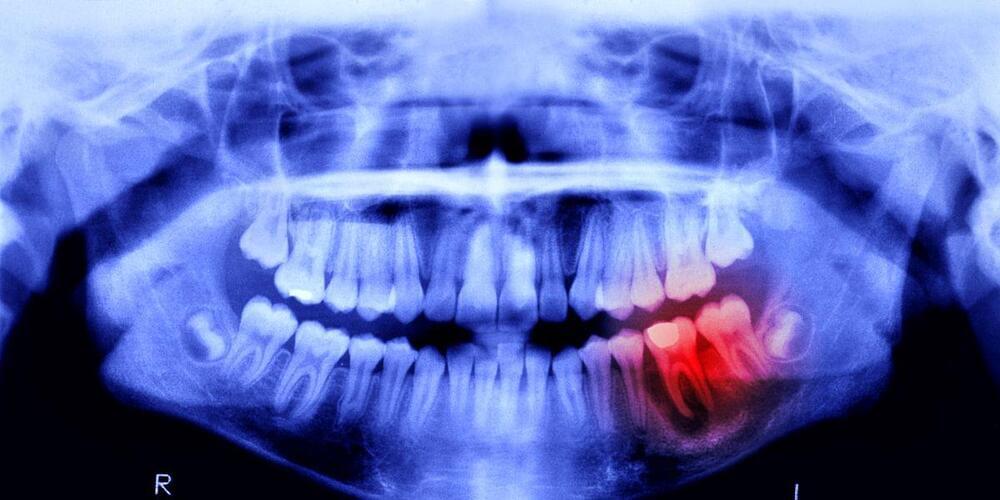A lot of people are focused on signs of alien life, but the space telescope will have a lot to say about exoplanet geology and formation.
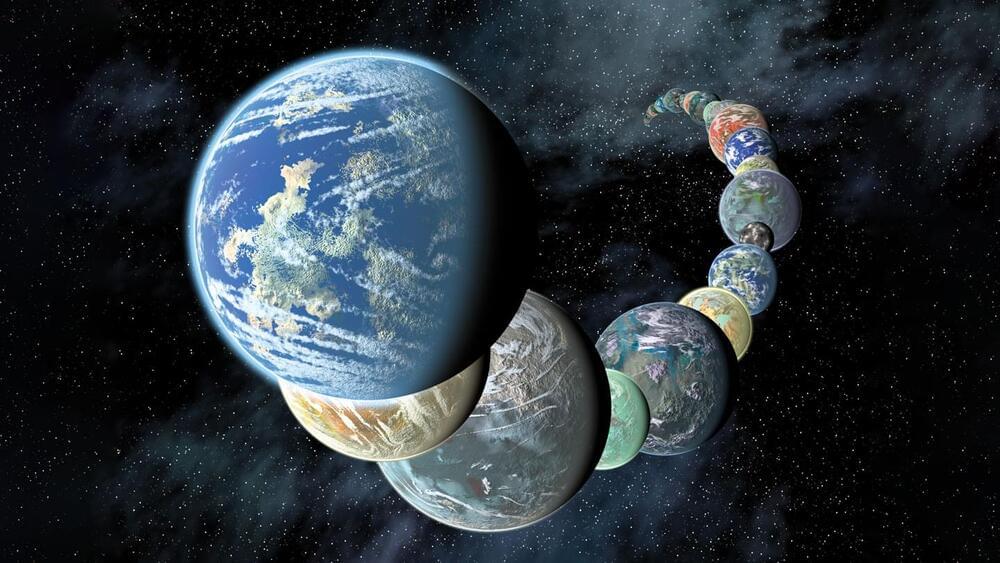

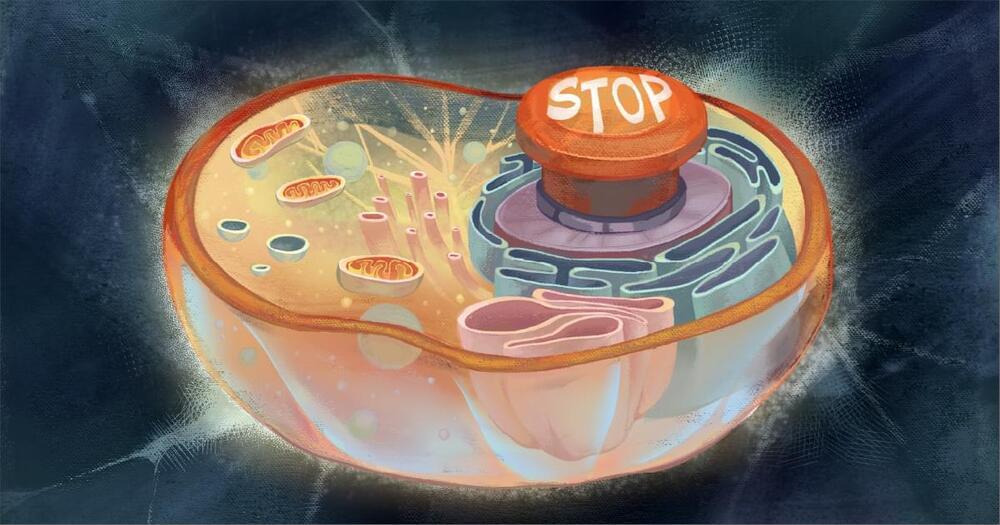


For all the good antibiotics do for the world, one of the biggest downsides to their use is the way they indiscriminately kill both the ‘good’ and the ‘bad’
A single course of this life-saving medicine can not only destroy disease-causing invaders in the human body; it can also have an “immense” impact on the gut and its resident collection of microbes.
This impact can sometimes lead to an overgrowth of certain bacteria or fungi. For instance, women have up to a 30 percent chance of developing a yeast infection after antibiotic treatment.

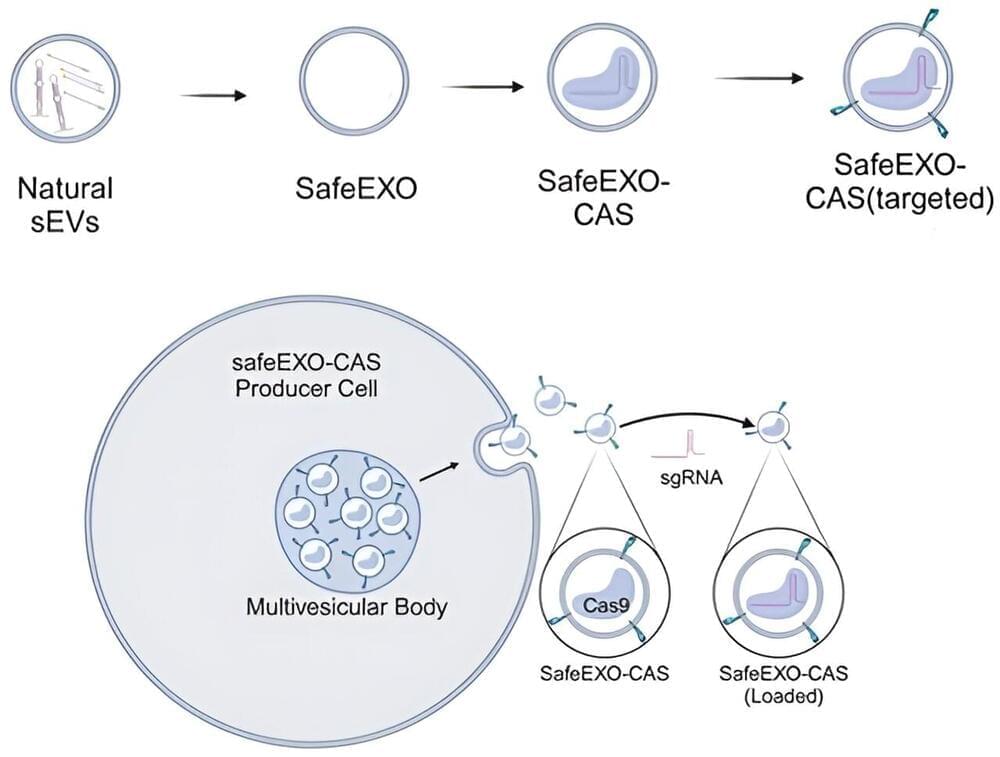
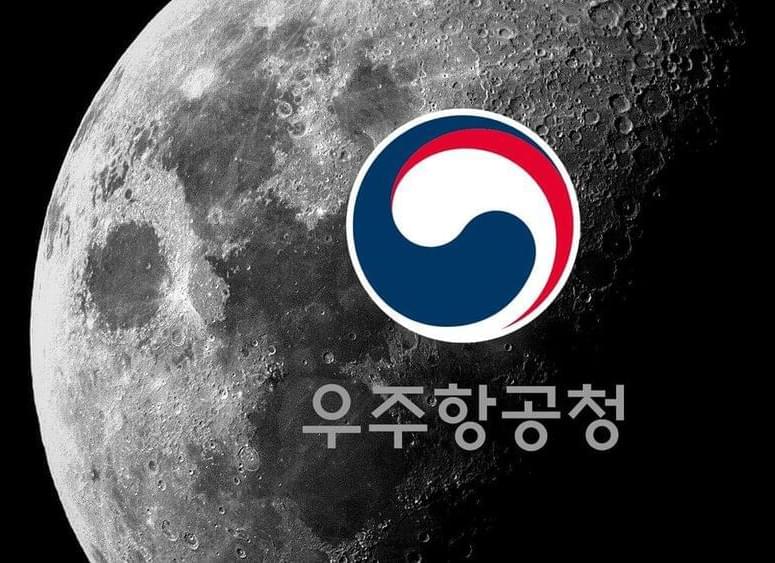
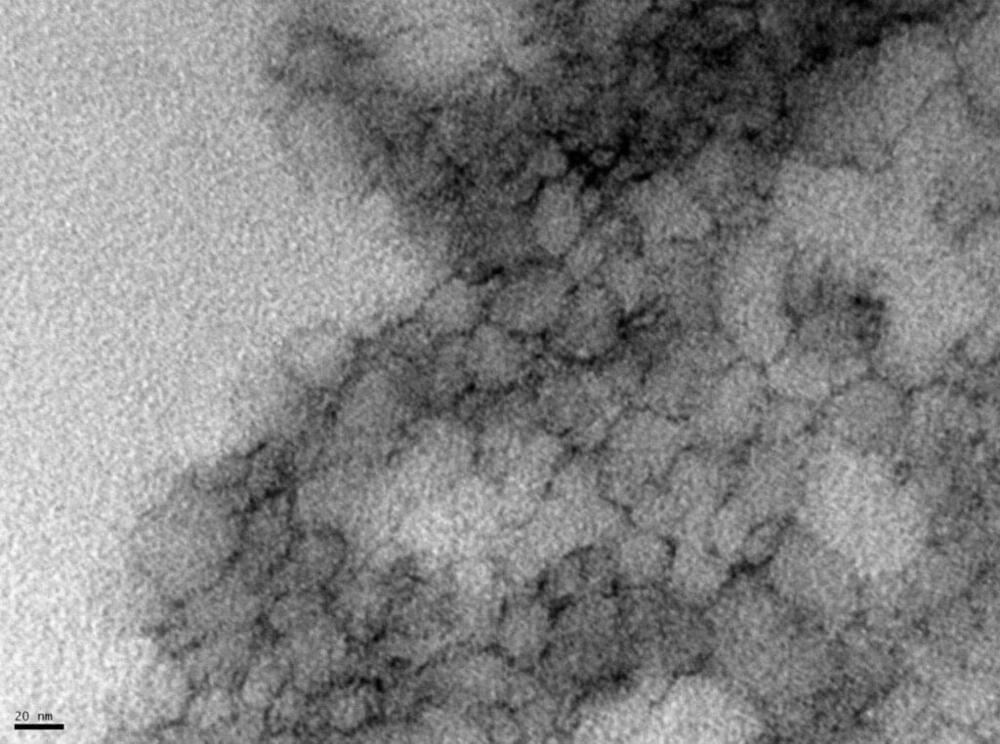
New details on how certain gluten-derived molecules trigger leaky gut syndrome in affected individuals. Celiac disease is a chronic autoimmune condition that occurs in around one per cent of the world’s population. It is triggered by the consumption of gluten proteins from wheat, barley, rye and some oats. A gluten-free diet protects celiac patients from severe intestinal damage. Together with colleagues, chemist Dr Veronica Dodero from Bielefeld University was able to determine new details on how certain gluten-derived molecules trigger leaky gut syndrome in celiac disease.
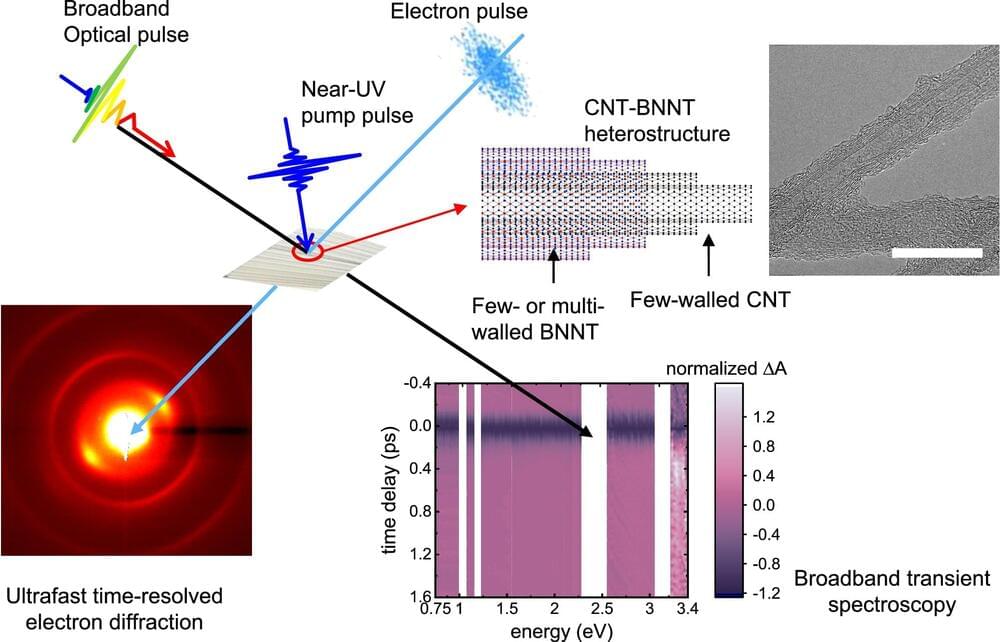
Research groups from the University of Tsukuba and the University of Rennes have discovered a novel phenomenon in which a nested structure of carbon nanotubes enveloped in boron nitride nanotubes facilitates a unique electron escape route when exposed to light. This finding introduces promising avenues for various applications, including the creation of high-speed optical devices, rapid control of electrons and other particles and efficient heat dissipation from devices.
